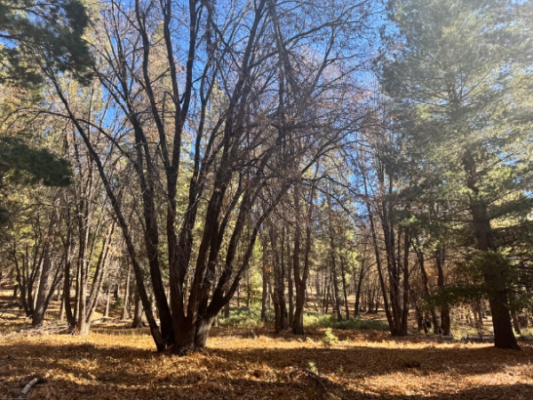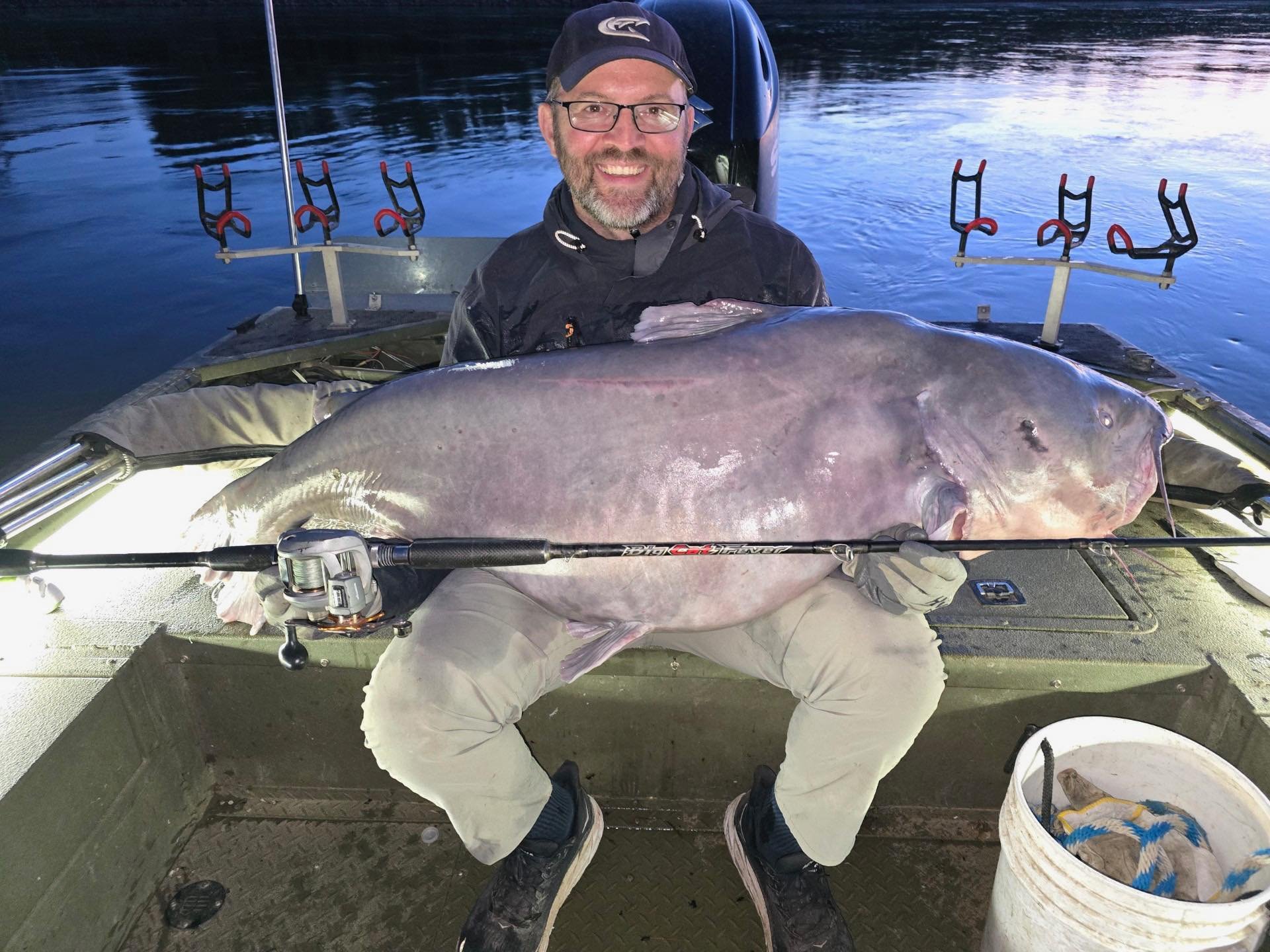The National Wild Turkey Federation and the USDA Forest Service are launching the Granite Thin Forest Stewardship Project in northern California’s Stanislaus National Forest. Designed to enhance the health and resiliency of the landscape, this project will accelerate forest restoration efforts, reduce wildfire risk and support local economies and enhance wildlife habitats.
Building upon the National Master Stewardship Agreement and an existing Regional Supplemental Project Agreement, the Granite Thin Forest Stewardship Project reflects the NWTF and USDA Forest Service’s ongoing commitment to active forest management and wildfire risk reduction.
The project, awarded to Mutzner Trucking, will cover 1,445.7 acres of treatment area in the Groveland ranger district of the Stanislaus National Forest, including 15.41 miles of road reconstruction, and result in the production of 41,404 tons of forest products. These sawlogs, primarily consisting of ponderosa pine and Jeffrey pine, will provide essential commercial forest materials to local industries — supporting jobs, stimulating the regional economy and providing much-needed resources to forest product markets.
In addition to economic and safety benefits, the work will diversify forest structure, enhance forage productivity for wildlife and ultimately lead to a healthier, more resilient forest system. These improvements will help reduce the risk of catastrophic wildfires and create richer habitats for a variety of wildlife species, including the wild turkey.
“We are excited to get this project started and on the ground,” said Coralee Ditman, NWTF forest management coordinator. “This project will have many benefits for the forest and the community.”
As part of its commitment to science-based stewardship, the Granite Thin Forest Stewardship Project will also include California Spotted Owl surveys, currently listed as near threatened under the Endangered Species Act. The surveys will consist of 27 call stations, where bird songs and calls are recorded to collect critical data of possible resident and nesting owls.
“It is important to complete these bird surveys, so we can minimize impacts if there are any resident and nesting birds in the project area,” Ditman said.
This information will help land managers, biologists, foresters and researchers assess the status and distribution of owl activity centers over time, ensuring that management actions align with the conservation needs of this sensitive species.
Learn more about the NWTF’s efforts in wildfire risk reduction, community protection and the relationship between wild turkeys and catastrophic wildfire prevention.
Read the full article here




